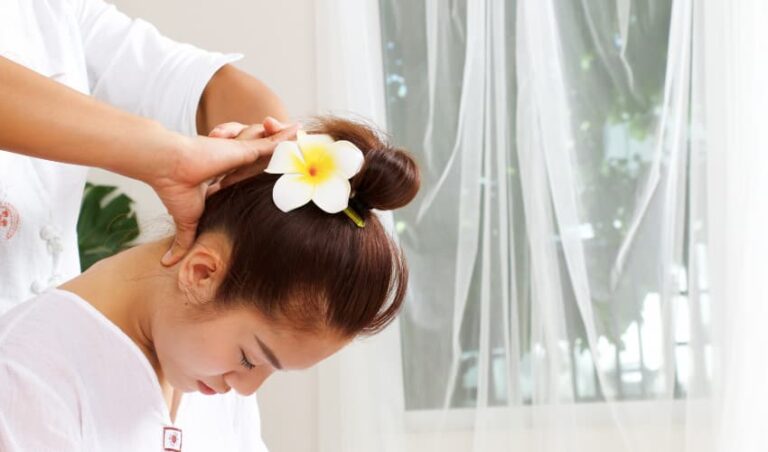Ancient Wisdom, Modern Healing: Thai Massage for Stress Relief and Pain Management
Stress and pain are common problems in our modern society, with many people experiencing them on a regular basis. While there are a variety of treatment options available, one ancient healing practice that has gained popularity in recent years is Thai massage. Originating in Thailand over 2,500 years ago, this traditional healing practice has been used to promote relaxation, reduce stress, and manage pain. In this article, we will explore the history, benefits, and techniques of Thai massage and how it can be used to alleviate stress and pain.
History of Thai Massage
Thai massage, also known as Nuad Boran or Thai yoga massage, has its roots in ancient Indian Ayurvedic medicine, Buddhist spiritual practice, and Chinese medicine. It is believed to have been developed by an Indian physician named Jivaka Kumar Bhaccha, who was a contemporary of the Buddha and the personal physician to the Magadha King Bimbisara in the 5th century BCE.
Over time, Thai massage evolved into a unique system of healing that combines acupressure, yoga-like stretches, and energy work. It was traditionally practiced in Buddhist temples as a form of spiritual practice and was used to promote health and well-being for both the practitioner and the recipient. In the mid-20th century, Thai massage was introduced to the Western world, and it has since gained popularity as a holistic healing practice.
Benefits of Thai Massage
Thai massage offers a wide range of benefits for the body, mind, and spirit. It is a holistic healing practice that works on multiple levels to promote relaxation, reduce stress, and manage pain. Some of the key benefits of Thai massage include:
Stress relief: Thai massage is a deeply relaxing practice that can help to reduce stress and promote a sense of calm and well-being.
Pain management: Thai massage can be effective in managing chronic pain conditions such as back pain, neck pain, and arthritis.
Increased flexibility: Thai massage involves a series of yoga-like stretches that can help to increase flexibility and range of motion.
Improved circulation: Thai massage can help to improve circulation and reduce inflammation, which can promote healing in the body.
Boosted immune system: Thai massage can help to boost the immune system by stimulating the flow of lymphatic fluid and increasing the production of white blood cells.
Techniques of Thai Massage
Thai massage is a unique and complex healing practice that involves a variety of techniques. It is typically performed on a mat or cushion on the floor, with the recipient wearing loose, comfortable clothing. The practitioner uses their hands, feet, elbows, and knees to apply pressure to specific points on the body and to guide the recipient through a series of yoga-like stretches. Some of the key techniques used in Thai massage include:
Compression: The practitioner applies pressure to specific points on the body using their hands, thumbs, or elbows. This technique can help to release tension and promote relaxation.
Stretching: Thai massage involves a series of yoga-like stretches that can help to increase flexibility and range of motion. The practitioner gently guides the recipient through each stretch, adjusting the pressure and intensity as needed.
Rocking: The practitioner uses a gentle rocking motion to help the recipient relax and release tension. This technique can be particularly effective for promoting deep relaxation.
Energy work: Thai massage incorporates elements of energy work, such as working with the body’s energy meridians and chakras, to promote balance and harmony in the body.
Joint mobilization: Thai massage can include gentle movements of the joints to help improve mobility and reduce pain.
Conclusion
Thai massage is a traditional healing practice that offers a wide range of benefits for stress relief and pain management.






